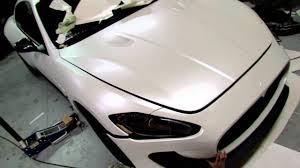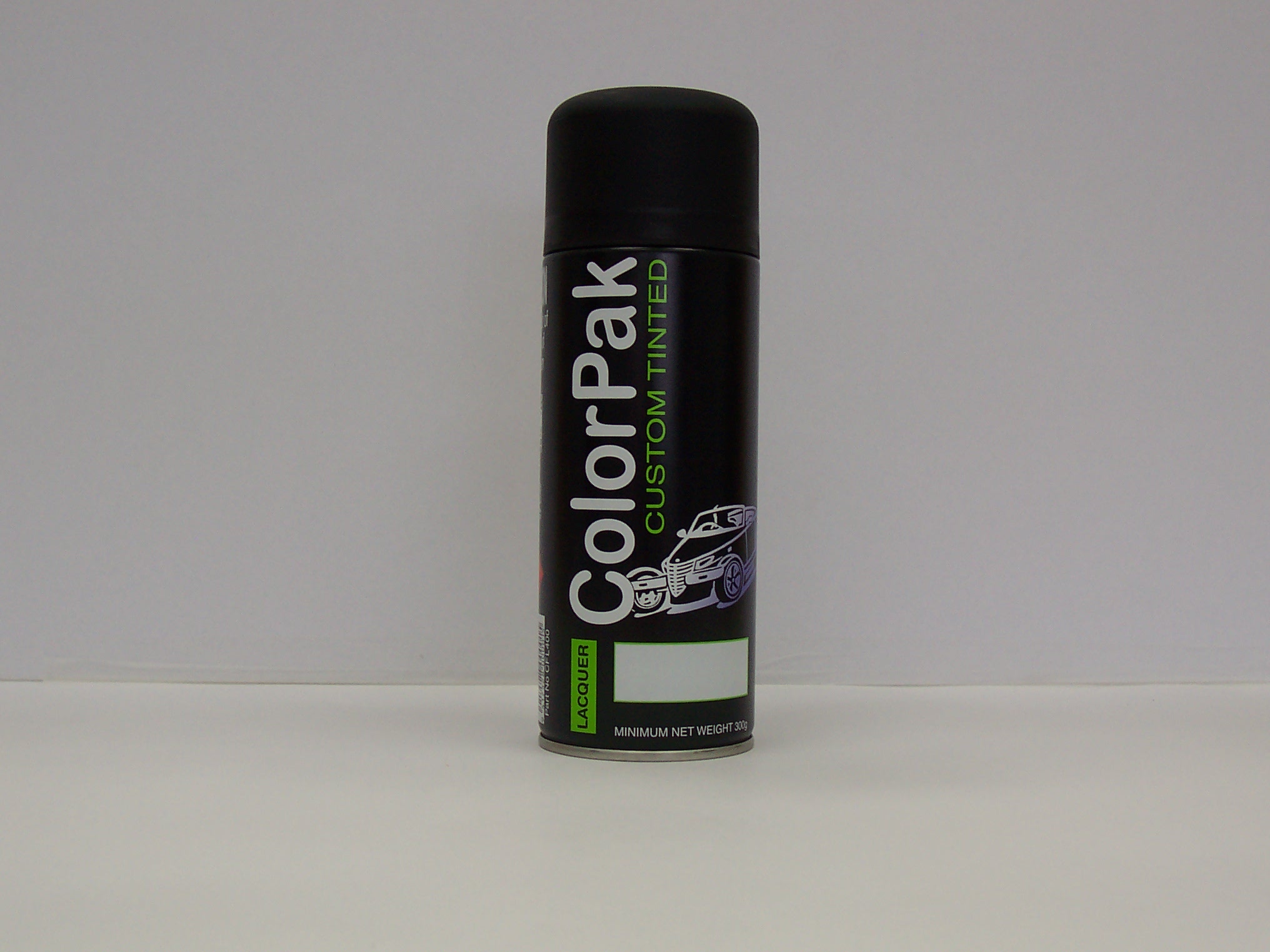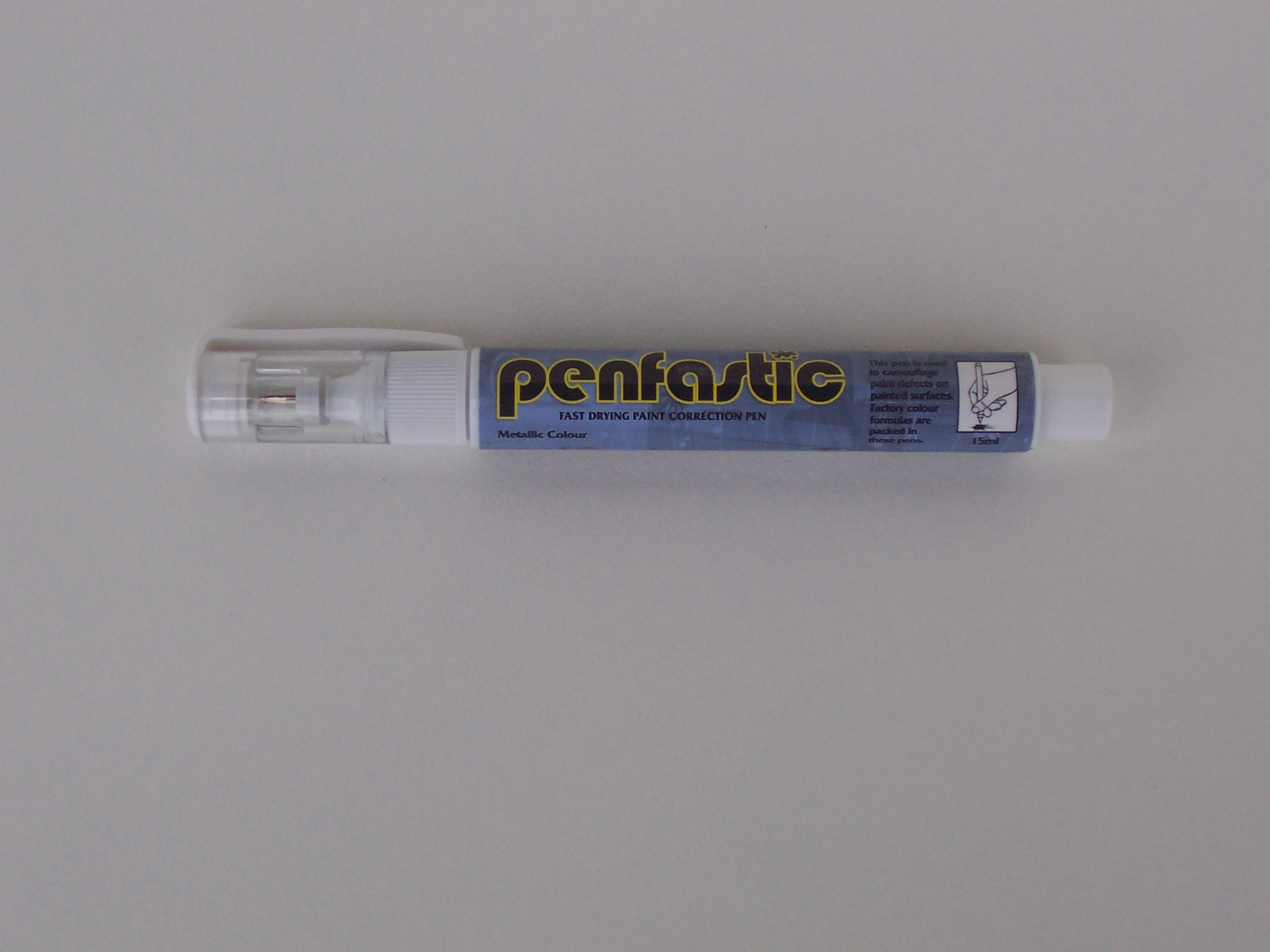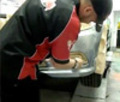
|
Click Here To Get My Tri Coat Pearl Paint Color | 
|
Click Here To Buy My Aerosol Spray Paint | 
|
Click Here To Buy My Touch Up Paint Pen | 
|
Click Here To See What Paint Scratch Kit To Buy |
Spray PaintClick this link to go to our touchup painting service http://www.touchuppaint.com.auClick these links to go to our spray paint Scratch Plastic Bumper Bar videos.sanding primer http://www.youtube.com/watch?v=X_kNJUfPti8Spray Paint Bumper Bar http://youtu.be/LIuFxGSwQugClient Testimonioal http://youtu.be/Tq8sE1l_IpgI'd avoid second hand guns completely - there is too much that can go wrong with them. A good paint shop should be able to supply a reasonable gun for around $120.00 and will be able to match the nozzle size to the type of paint you want to spray. I'm naughty and use a 1.4mm nozzle for everything.
|



 Before Spray Painting
Before Spray Painting During Spray Painting
During Spray Painting After Spray Painting
After Spray Painting 


